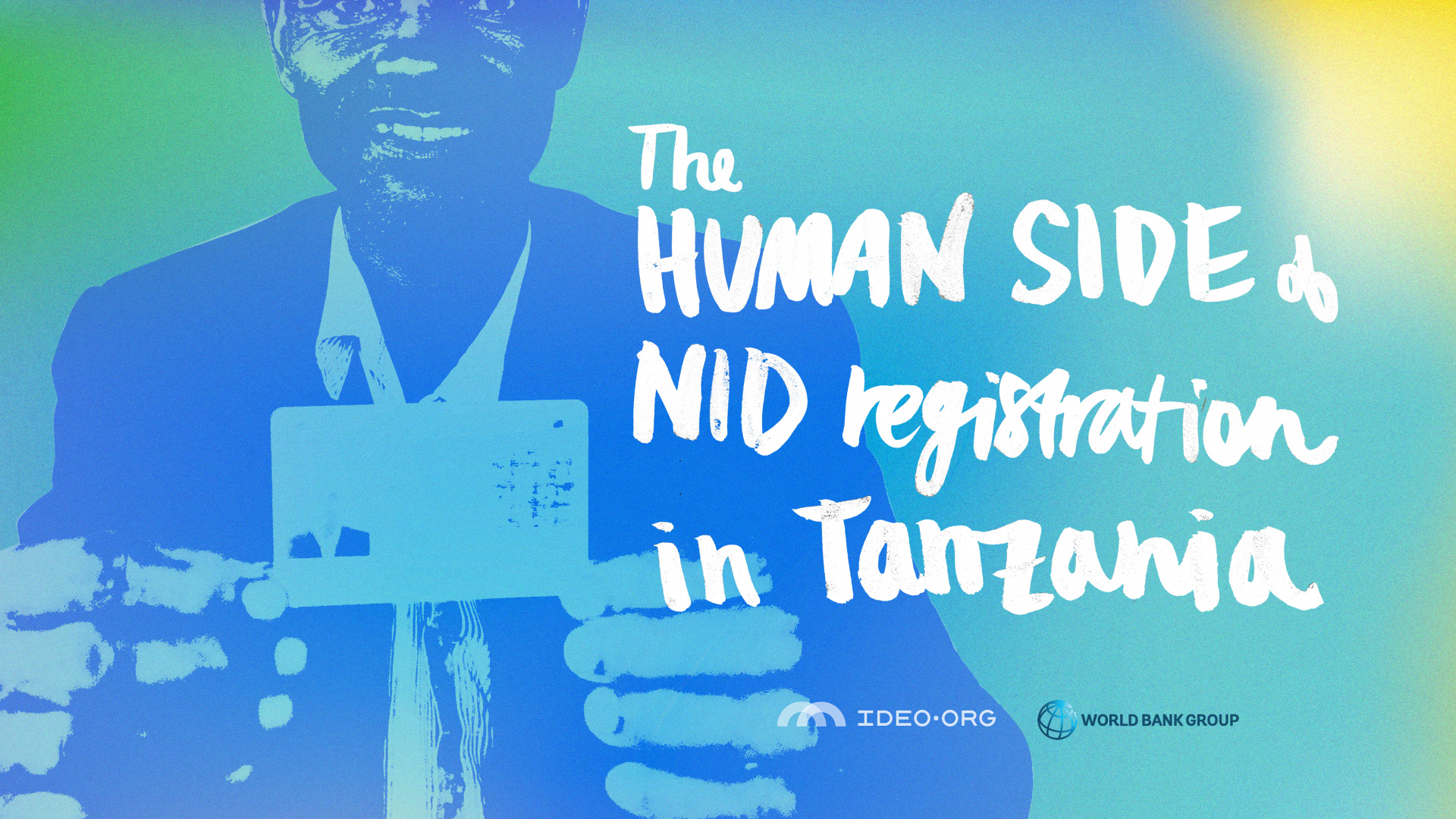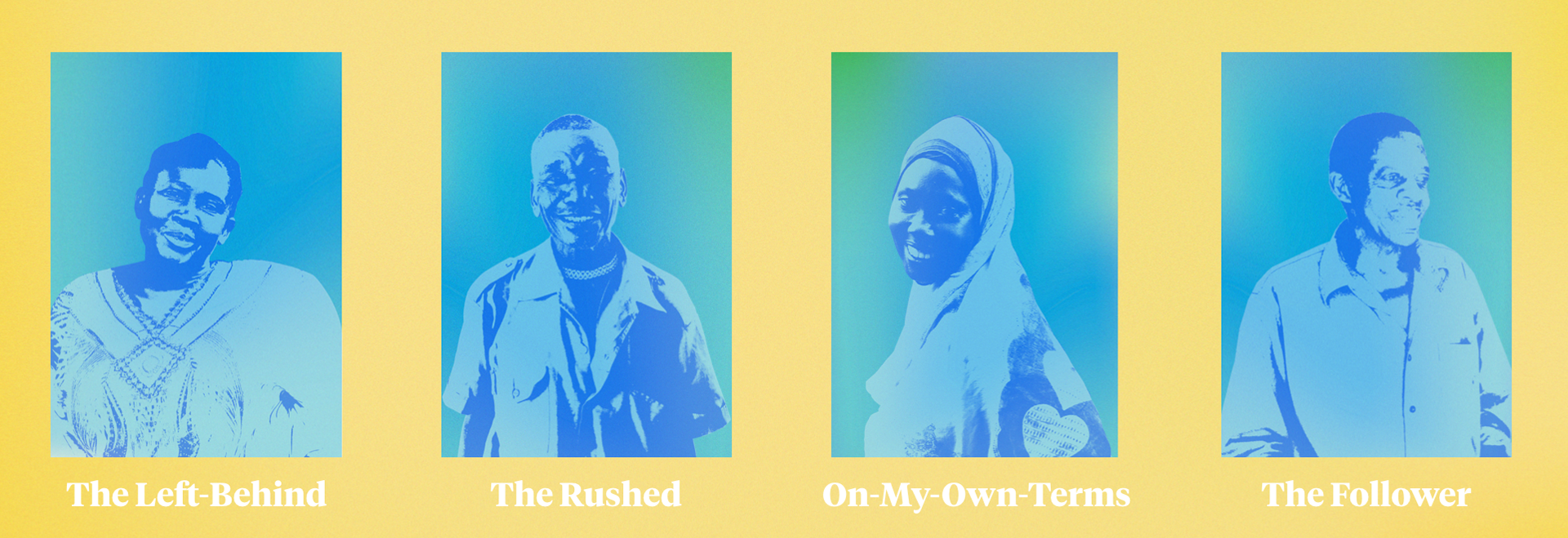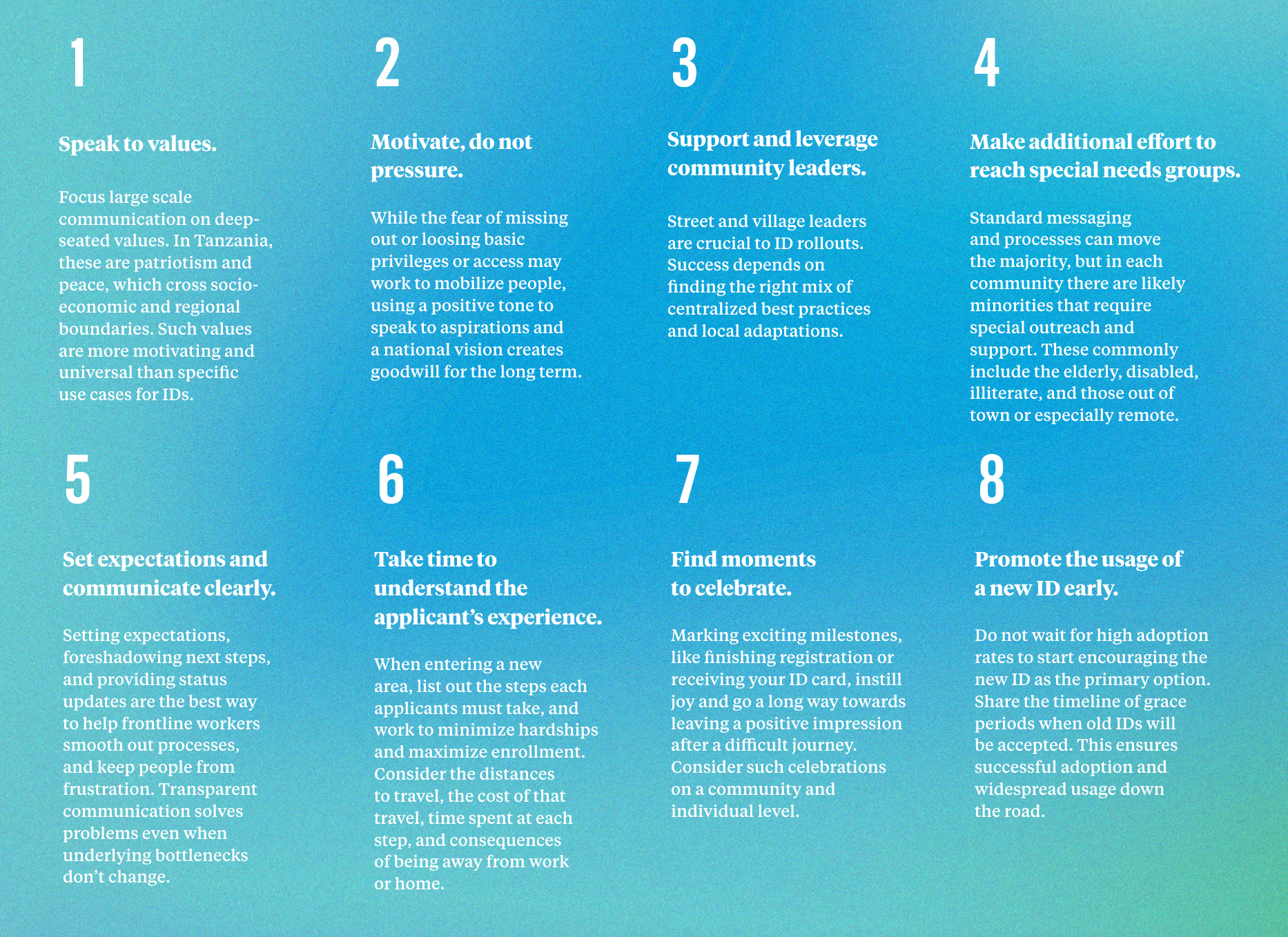
About 1.5 billion people in the world lack proof of a legal identity. In recent years, many countries have been introducing new identification programs or strengthening existing ones to secure legal identities for all citizens and facilitate greater development outcomes.
National governments face great obstacles in designing systems that are technologically forward and also inclusive to serve their most vulnerable citizens. Cultural norms, legal restrictions, and enrollment costs are just a few obstacles to the adoption of improved identification systems at the base of the pyramid. This means that low-income citizens are far more likely to lose access to government subsidies, the ability to participate in government elections, and even the ability to open their own bank accounts. In order to get to the communities that are most in need and close the “identification gap,” it is important that we design solutions with a deep understanding of the barriers faced by those in poverty.
We partnered with the World Bank's ID4D initiative and the government of Tanzania to assess their national ID roll-out strategy, with a focus on service design and communications strategy.


